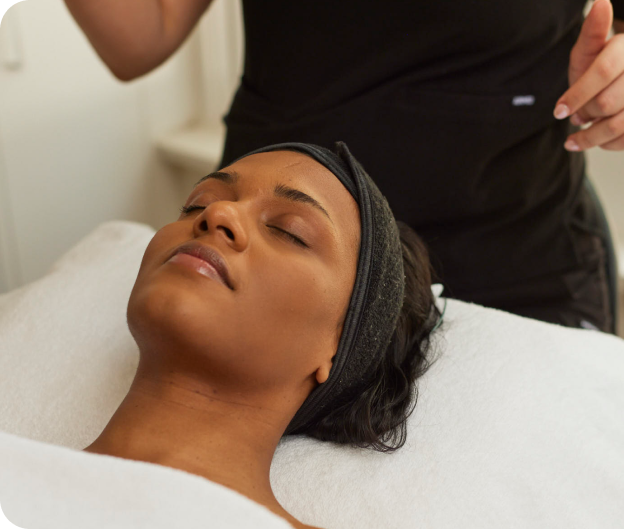
At Skindepth Dermatology, we possess extensive experience in treating warts. Our dermatology nurses are proficient in assessing and treating warts on the feet, hands, and other parts of the body (please note this does not include genital warts). We have a dedicated ‘Wart clinic’ that runs every Monday afternoon.
Methods of treatment:
- ‘Beetle Juice’
After an initial assessment, the wart is curetted down to remove the excess growth on the skin. This is followed by a topical solution containing a toxic chemical blended with salicylic acid is applied to stimulate an immune response to the area. There may be a slight sting when applying the solution but overall, the treatment is very tolerable. Over the next few days, a blister will form on the treated area and can be tender especially on the soles of the feet. Depending on the type and size of wart treated most clients will need between 3 – 6 treatments each spaced 2 weeks apart.
- Vascular Laser
In cases where we can observe the root of a wart, we may opt to use a vascular laser. This works by closing off the blood supply to the wart and therefore stunts the growth. While this treatment is highly effective, it can also be uncomfortable, hence we do not recommend it for children under the age of 14.
- CO2 Laser
Our final treatment option involves the use of an ablative carbon dioxide laser. This method is used when warts are resistant to our other treatment methods. Like the vascular laser treatment, this can also be uncomfortable however topical numbing agents can be applied before this treatment to make it more tolerable. The aim of this treatment is to reduce the size and thickness of the wart by physically removing the excessive skin and ablating the lesion to the root.

What causes warts?
Warts are infections in the skin caused by the human papillomavirus (HPV). There are more than 150 types of HPV that are responsible for the many different types wart types. The most commonly occurring include;
- Plantar warts: Mostly seen on the soles of the feet, these look like small, hard bumps that may have tiny black dots on them.
- Flat warts (verruca plana): Can occur on any part of the body and are smooth and flat in appearance.
- Common warts (verruca vulgaris): Knee’s and hands are the most affected areas for this type of wart, however any part if the body can be affected. They appear as hard, raised lumps with rough surfaces.
Increased Risk Factors:
Anyone can develop warts, but factors that may increase the risk include:
- Injuries to the skin
- Skin infections that break the skin surface
- Frequently getting the hands wet
- Hands or feet that sweat heavily (hyperhidrosis)
- Public swimming pools or communal wet areas
- Direct contact with warts
- Scratching or shaving your own warts as this can spread the infection to other areas of your body
Regardless of the treatment method we employ at Skindepth for your wart treatment, our objective is to execute it with the highest level of professionalism and care. Please note that multiple treatments, using any of the above methods, may be required until the wart is completely resolved.
How to book?
To book in for an assessment with one of our clinical nurses, you do not need to obtain a GP referral. You can simply call our medical team on 0395274209 or send an enquiry email to reception@skindepth.com.au
If you are wanting to see a Dermatologist for genital wart treatment, we kindly ask you obtain a GP referral and send this through to referrals@skindepth.com.au In these cases, cryotherapy is generally used to freeze of the warts, a medical cream may also be prescribed for use at home.
